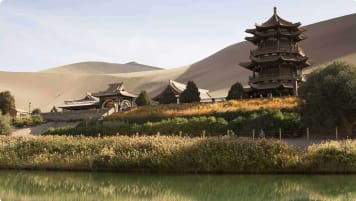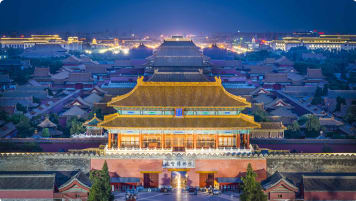The Great Wall of China
The Great Wall of China is, first and foremost, a remarkable feat of human ingenuity, perseverance and construction. It offers a multi-dimensional insight into ancient Chinese history. From how the wall was constructed, to the ideology and strategic practicalities that necessitated its construction, there is so much to learn from the Great Wall of China.
3 Jan 20 · 5 mins read
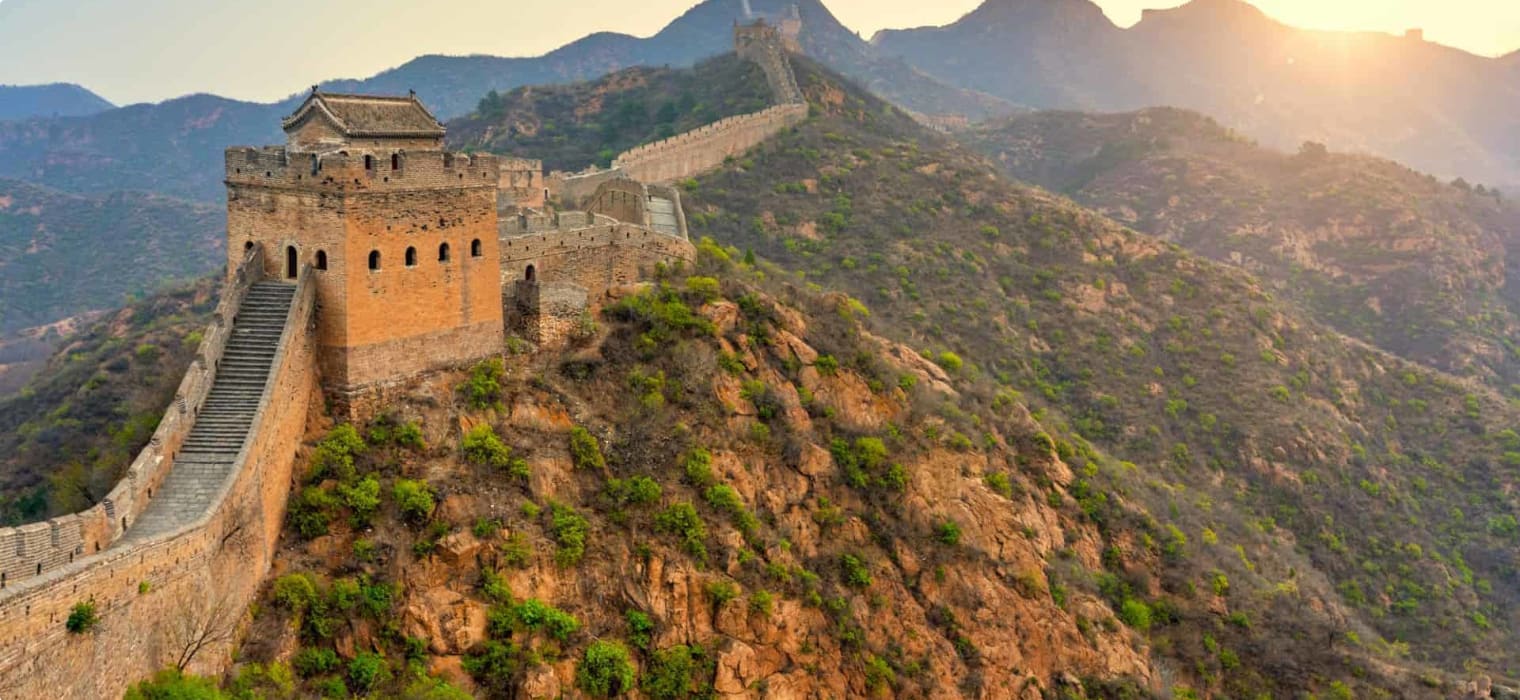
The Great Wall of China
The Great Wall of China is probably the most iconic historical landmark in China. It is easily one of the largest architectural achievements in mankind’s history. The wall stretches for more than 20,000 kilometres, roughly from east to west, along the northern regions of the country. Strung out at many intervals across the wall, tourists walk past watchtowers, beacon towers, and other defenses. The Great Wall of China is, first and foremost, a remarkable feat of human ingenuity, perseverance and construction. It offers a multi-dimensional insight into ancient Chinese history. From how the wall was constructed, to the ideology and strategic practicalities that necessitated its construction, there is so much to learn from the Great Wall of China.
A Brief History of the Great Wall of China
Contrary to popular belief, the Great Wall of China was not built at once by one great leader. Instead, various walls were slowly constructed from east to west across China, each added to or joined with each other over the course of nearly 2,000 years. In many places there is not ‘one Great Wall of China’, but rather several ancient walls, running abreast of each other through the Chinese landscape. This also explains why the Great Wall of China was not solely built to repel the Mongols, despite the popularity of that myth. Though much of the wall that still stands was built to defend against the Mongol threat from the north, the threat of Mongol hordes swarming through territories was only a threat for most of the 13th century. Given that we can date sections of the wall to the earliest years of ancient China, it is clear that, for most of its history, the Great Walls of China were built to defend against many threats over many centuries.
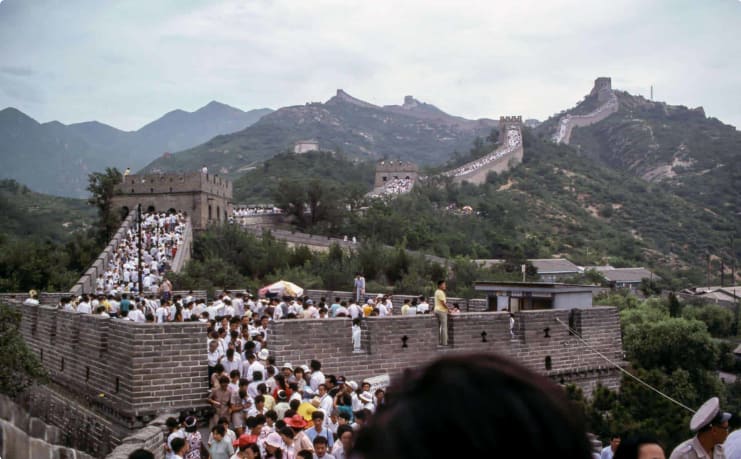
The Start of the Great Wall of China
The first known contributions to route of the Great Wall of China can bet traced to the Zhou Dynasty and the warring Kingdoms of early China. In the 7th and 8th centuries BCE, several of the warring kingdoms in China underwent huge construction efforts to defend themselves from their neighbours. The Zhou Dynasty proved themselves to be the most prolific wall-builders of this era. The Zhou Dynasty state of Chu built the “Square Wall”, a sprawling defensive perimeter around the capital city. These walls, along with many other fragments across the various kingdoms of the northern provinces, were the first seeds of the Great Wall of China. Kingdoms individually built fortifications to protect themselves from their neighbors and the constant threat of warring tribes, making the most of mountainous regions and waterways to mark their defensive boundaries.
Throughout this period, as conflicts raged and nomads raided, walls rose and fell alongside the Kingdoms that built them. This huge wall-building exercise might seem excessive to foreign visitors. However, in China, wall building and urban life were so intimately connected that one word – Cheng – means both city and city wall. The threat of nomads, particularly in the north, demanded heavy fortifications. This conflict, between settled societies in the south defending against attacks from nomadic tribes, was the essential theme of the history of the Great Wall of China, and one that explains much of its later history.
China’s Great Wall under the Quin Dynasty
These sections were eventually united by the First Emperor of Qin, who connected the earliest walls into a fully-fledged defensive line. In the 3rd century BC, the Qin dynasty went from strength to strength to dominate the warring state system of the previous centuries. Though the Quins had created greater security in the south, they were still harassed by tribal groups in the north. The first united section of the Great Wall of China was therefore built between the remnants of old state walls to protect central China from northern nomadic tribes. The Qin dynasty built this line from the Liupan Mountains to the Shanghai Pass in eastern Hebei, which took hundreds of thousands of men over the course of a decade. The Qin emperor also removed some of the north-south orientated walls that had divided the old kingdoms within their new empire. Walls were seen as hugely symbolic: they marked the line between what leaders believed was theirs, and what was not. Within the shadow of their protection, peoples could flourish, unite and create a shared identity; those on the other side were perennially entertained with the prospect of seizing that wealth. However, just like all the other kingdoms before them, when the Qin dynasty fell so too did the need to defend its old borders. The Qin wall quickly fell into ruin, waiting for the next great power to draw its line of defence. The history of the Great Wall of China can be seen as the rise and falls of many peoples, and their attempt to separate themselves from external threats.
Great Wall of China and the Ming Dynasty
The Ming Dynasty, more than a thousand years later from 1368 – 1644, built the most extensive and best preserved sections of the Great Wall of China. In fact, almost all of the Great Wall of China that still survives for photographs today is dated to this period. Almost none of the walls built by Quin dynasty have survived in their full state. This partly explains why, when anyone mentions the Great Wall of China, it is actually images of the Ming Great Wall that immediately come to mind.
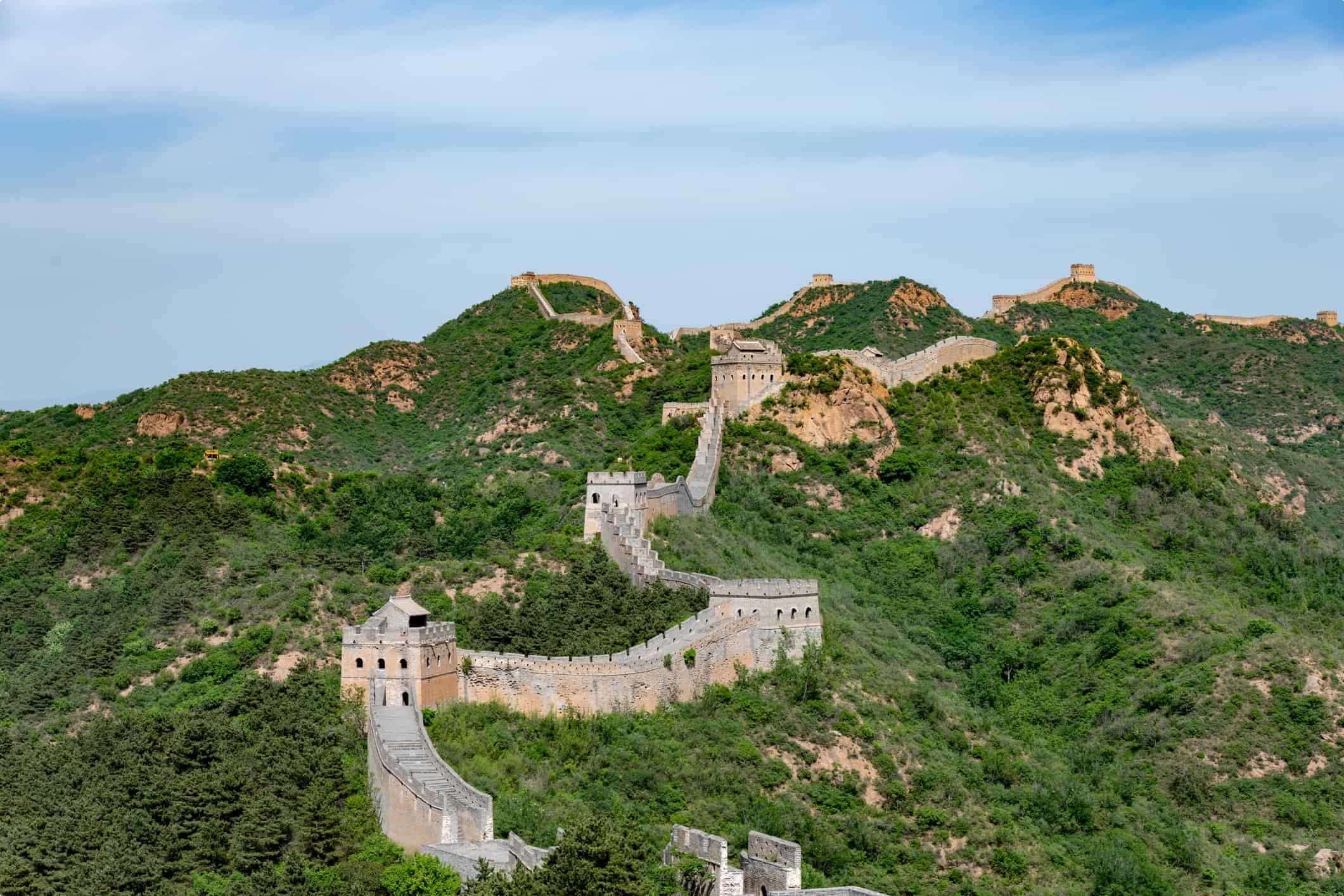
It is from the Ming Dynasty that we get the popular story about the Great Wall of China and the Mongols. The threat of a Mongol invasion was the primary motivation for this phase of wall building. Under the Ming Emperors, a stretch of land nearly 9,000km long was defended, with over 1,000 forts. This is not to say that 9,000km of wall was built: where the surrounding landscape provided natural defences, like rivers or mountain ridges, fortifications were only constructed where these obstacles could be avoided. The Ming wall was the most comprehensive defensive structure built up to that point in time. The wall was regularly lined with watch towers, raised above the main wall for archers to gain a better vantage point, and beacon towers, where fires could be lit to warn of an incoming attack.
Top Sites to Visit Along the Great Wall
Perhaps the most iconic section of the Ming Great Wall of China stretches from Jinshanling to Simatai. The latter is made more accessible by a cable car, whilst there is also the option of a night tour, to get that authentic experience of China’s Great Wall. The Great Wall of China is an absolute must visit, regardless of which section you eventually chose, but either way do remember to pack some walking boots!
Articles about China published by Odyssey Traveller:
- Terracotta Warriors: History and Latest Discoveries.
- The History and Legacy of the Silk Road.
- Xi’an: The Beginning of the Silk Road.
- Silk Road Explorers: ‘Imperialist Villains’.
- Books to Read About the Silk Road.
- The History of the Bund, Shanghai.
- Dinosaurs and Dinosaur Fossils.
- Dinosaurs, Paleontology and Evolution: Ten Books to Read.
- Eight Amazing Rail Journeys.
- The Forbidden City, Beijing
- Lushan National Park
For all the articles Odyssey Traveller has published for mature aged and senior travellers, click through on this link.
External articles to assist you on your visit to China:
Related Tours
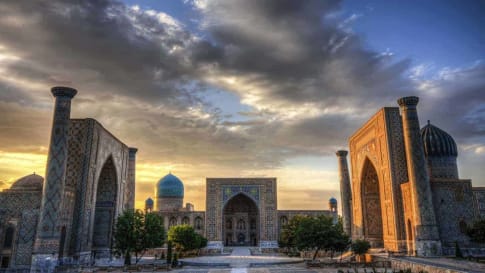
29 days
Aug, May, SepTravel on the Silk Road with Odyssey Traveller | Small Group Tour for Seniors
Visiting China, Kyrgyzstan
The Silk Road is an ancient trade route linking China and Imperial Rome through Central Asia. Few areas in the world remain as unexplored or offer such richness in terms of ancient and modern history, culture, and scenic diversity as Central Asia. Our Small group Silk road tours itinerary explores the Road through remote deserts and mountainous environments as we visit key sites between Xi'an and Bukhara.
From A$19,685 AUD
View Tour
20 days
Sep, AugMongolia Small Group Tour | Discover the history and culture of Mongolia
Visiting Mongolia
Mongolia is a relatively unexplored country for travellers but it has many diverse landscapes to explore, and interesting cultures to become acquainted with, all existing in a country with few cities and towns but with extensive rural lands that remain the domain of nomadic herders. Small group tour for couples or solo travelers
From A$14,250 AUD
View Tour
12 days
Sep, MarJapan Odyssey - Small Group Tours for Mature Travellers
Visiting Japan
Through this small group program, we explore Japan's rich history, from ancient times to the development of religions like Buddhism and Shintoism. We delve into the philosophy of its people by visiting world-renowned temples, shrines, and old towns steeped in ancient legends of Samurai and more. Together we, as mature and senior couples or solo travellers, will share some traditions which the Japanese have inherited. A variety of sites including UNESCO World Heritage sites, has been chosen for this tour, all filled with clues such as Hanami or forest bathing to understand the essence of Japan.
From A$15,450 AUD
View Tour